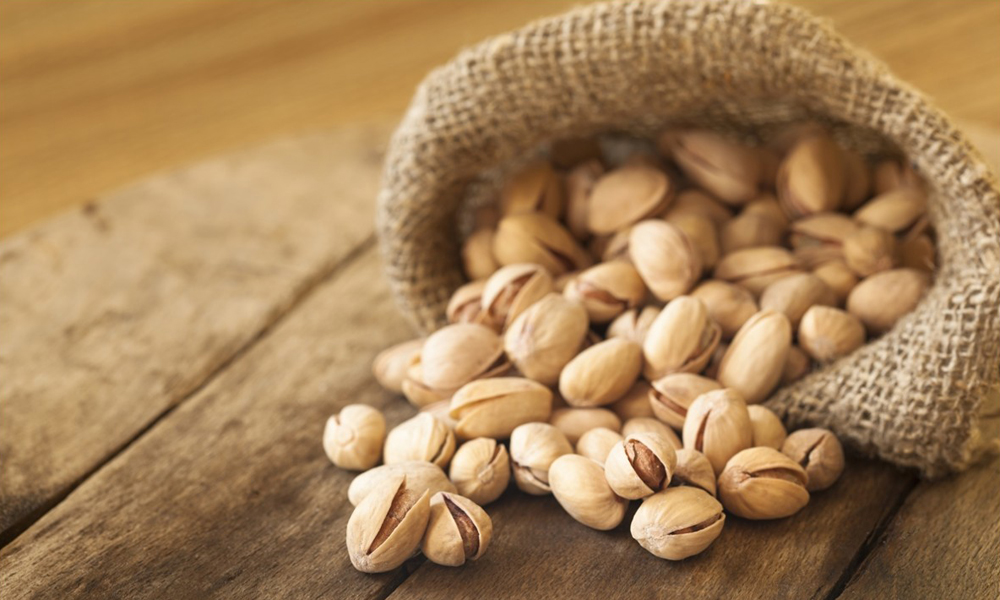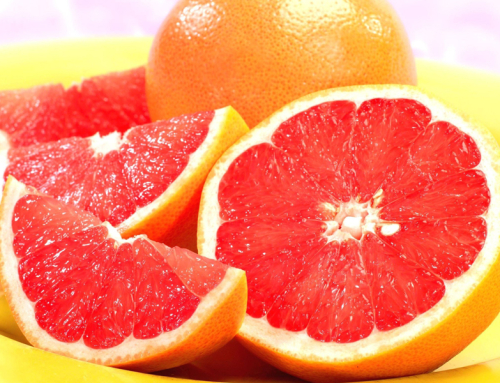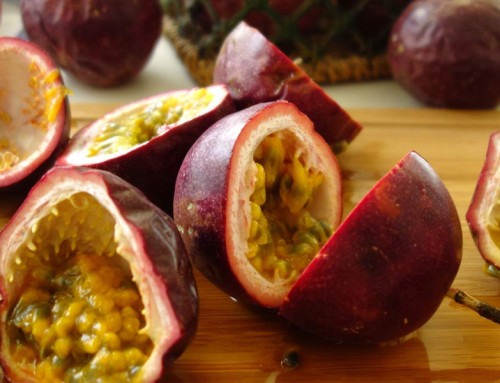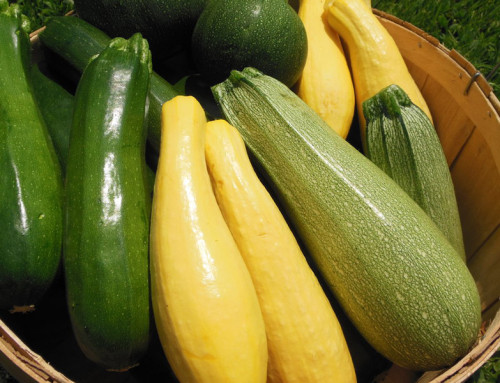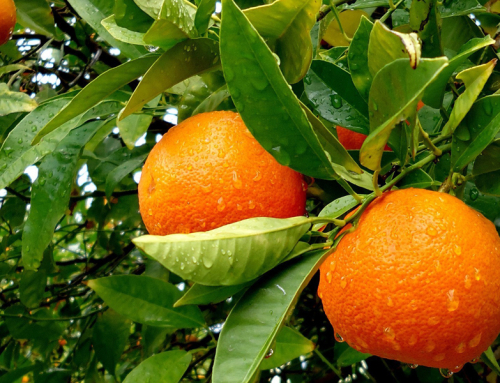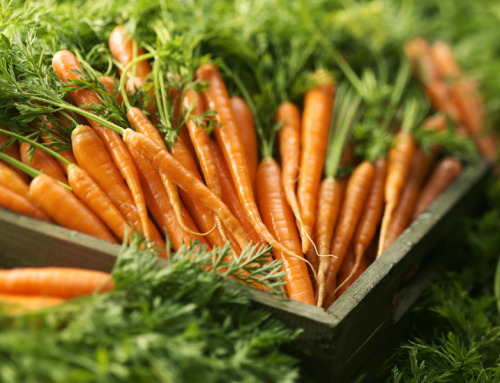- 1 cup (approx. 123 g) – 691 calories
- 1 oz dry roasted, with salt, shelled (approx. 28 g) – 161 calories
For centuries, the pistachio has been consumed for its nutritional benefits. A symbol of health and wellness, the pistachio is a member of the cashew family. The fruit of the pistachio, often referred to as nut or kernel, is not a true nut, but a seed that is considered a culinary nut. From the genus Pistacia of the Anacardiaceae family, these bushy, medium-sized trees were believed to have originated in Asia and the Middle East.
Basic Information
While pistachio is considered to be more of a desert plant, this tree is grown commercially in many countries throughout the world. This tree needs hot, dry conditions in order to produce their fruit. Growers must allow for proper drainage of the soil because this deciduous tree is especially prone to root rot. New plantings can take up to ten years to really produce a full crop of these tasty kernels. The drupes form in heavy clusters similar to grapes. The nuts are ready when the outer shell turns a cream color and splits to expose the green, edible seed inside.
Nutritional Components of Pistachios
Pistachios have fewer calories than many other nuts, with 557 calories per 100 grams of nuts. These nutritious kernels contain healthy fats, protein, and fiber with no cholesterol. The little powerhouses are also a good source of many nutrients, including B vitamins, Vitamin E, potassium, iron, copper, manganese, magnesium, phosphorous, and zinc, providing this nut’s antioxidant qualities.
Health Benefits
- High Cholesterol
About 90% of the fats found in pistachios are monounsaturated and polyunsaturated. These types of fat are responsible for helping the body to lower bad cholesterol and total cholesterol levels, while helping to increase levels of good cholesterol in the blood. - Cardiovascular Disease
The cholesterol-lowering impact of eating these nuts combined with the antioxidant nutrients can help to lower stroke and heart disease risk. These tiny kernels also have an anti-inflammatory response in the body, helping to protect against damage to arterial walls. Additionally, the amino acid l-arginine, found in pistachios, can help to reduce blood pressure and increase blood flow. These cardiovascular benefits appear to be especially beneficial to those who suffer from Type 2 diabetes. - Metabolic Syndrome and Obesity
By helping the body to lower cholesterol and blood pressure, these edible seeds may protect against metabolic syndrome often associated with those who are overweight or obese. Additionally, when eaten as a part of a healthy diet in combination with exercise, those who snack on pistachios are more likely to lose weight, including the hard-to-lose belly fat. The fiber, protein, and healthy fats in these tasty kernels can produce feelings of satiety and are healthier than processed foods and snacks. - Other Benefits
Pistachios contain the special antioxidants lutein and zeaxanthin that may offer some protection against age-related macular degeneration. With the ability to increase blood flow, the nutrients in these edible kernels have been shown to increase erectile function in men. The high nutrient content in these little kernels make them a good choice for overall health and wellness.
Culinary Uses for Pistachios
The most common way to enjoy these tasty tidbits is to eat them by themselves straight from the shell, raw, salted, or sweetened. There are other ways that you can enjoy pistachios as well, either with meals or as a highly-nutritious snack.
- Baking: Chopped pistachios are commonly combined with other nuts and honey in layers of phyllo dough in the popular treat known as baklava. You can also add these nuts chopped into your favorite biscuit or muffin recipe for enhanced nutrition.
- Toppings: These tiny kernels are great when chopped and added to yogurt, salads, ice cream, and other desserts.
- Add-ins: Chopped, crushed, or whole, pistachios make a tasty addition to vegetable and fruit dishes, as well as to pasta and rice dishes, especially in Asian and Middle East cuisine.
How to Choose and Store Pistachios
Pistachios are not a seasonal crop, and they can be found all throughout the year at stores. They can be obtained fresh in or out of the shells, or roasted, salted, sweetened, and chopped. When you choose these nuts, fresh is the best way to enjoy the health benefits without added sugars or salt. Choose those with light-colored shells that show no signs of staining or mold, and those that are free from cracks and other signs of damage. If the nuts are in bulk, smell for freshness and avoid those with a sour or rancid smell. Avoid bleached or dyed nuts and choose organic varieties, where possible.
These healthy kernels are a fragile crop, so they should be stored tightly sealed in a cool, dark place as long as the shells are still attached. They will keep well for several months. Nuts purchased without their shells should be stored in the refrigerator in a tightly sealed container.
Safety and Allergy Concerns
Like peanuts, pistachios may become infected with a dangerous and highly carcinogenic mold called aflatoxin. This contaminant can lead to immediate illness and long-term inflammatory issues. Choosing pistachios in clear, unstained shells can reduce your risk.
As with many other types of nuts, pistachios may cause an allergic reaction in some people. Symptoms can range from mild to severe, with symptoms being immediate or delayed. These seeds may also cause a cross-reaction in those who are allergic to cashews, mangos, or other fruits from the same family. If you have experienced an allergy in the past, you may want to avoid eating pistachios.

